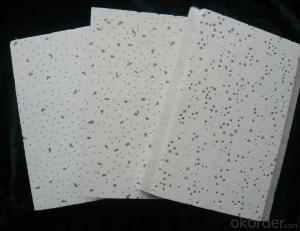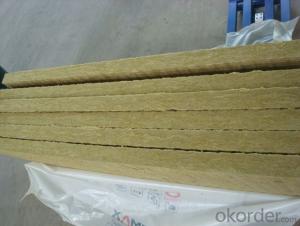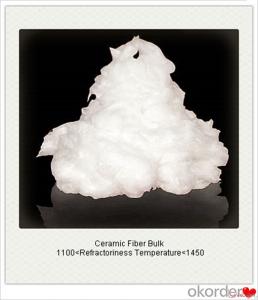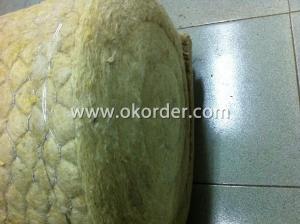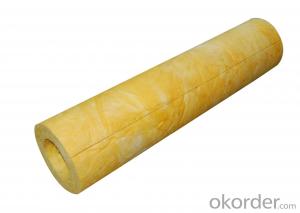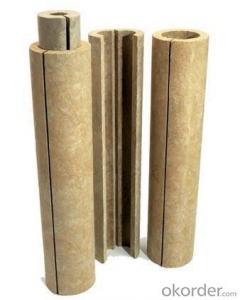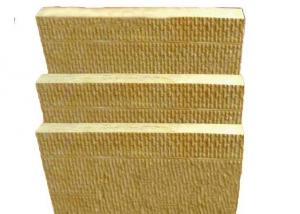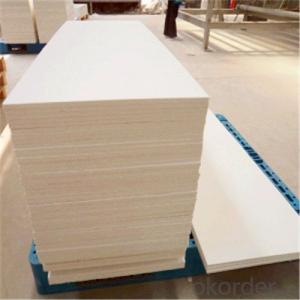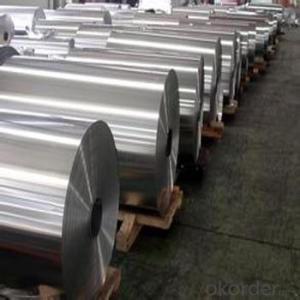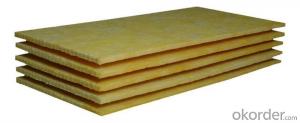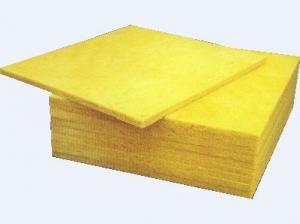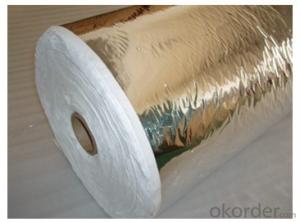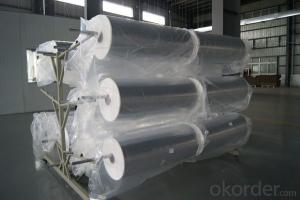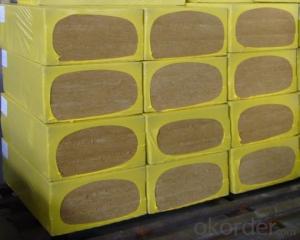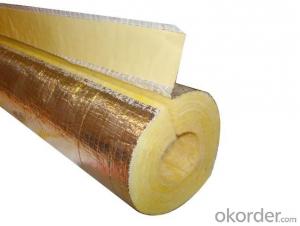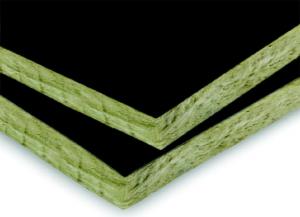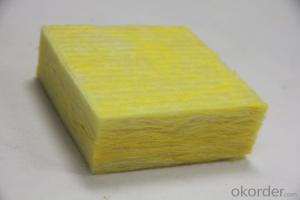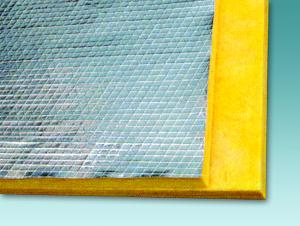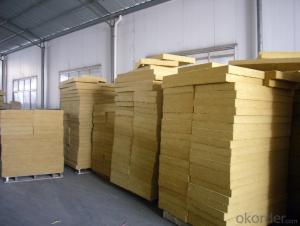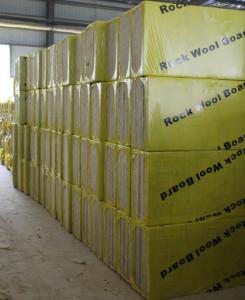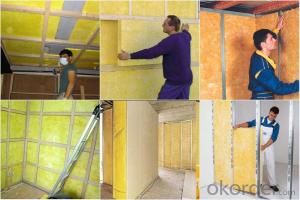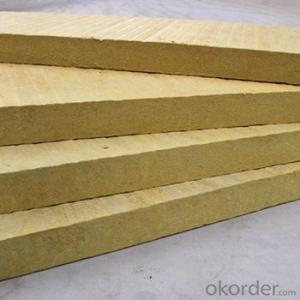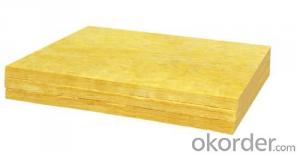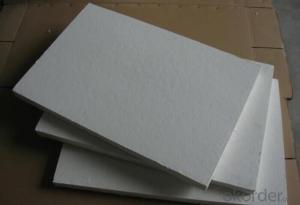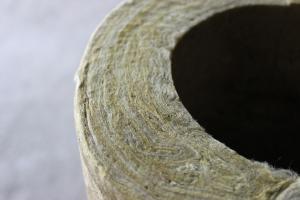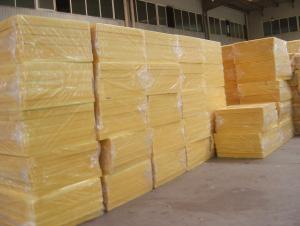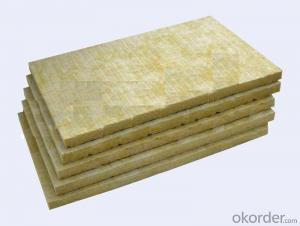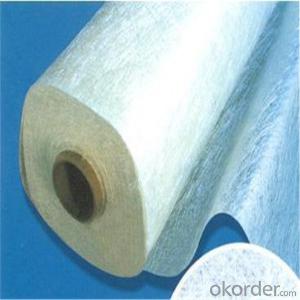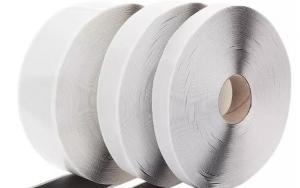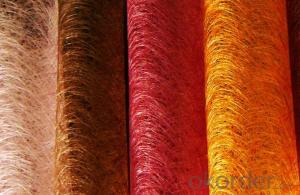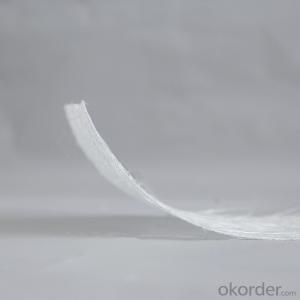Insulation Wool
Insulation Wool Related Searches
Led Lamps For Ceiling 42 In Ceiling Fan With Light Fiber Sheet For Roof Fiberglass Sheets For Roofing Decorative Lights For Ceiling Floor Insulation For Underfloor Heating Ceiling Brackets For Lights Insulation Materials For Lunch Bags Spotlight For Ceiling Clay Tiles For RoofHot Searches
Tilt Panel Props For Sale Fiberglass Scaffolding For Sale Fiberglass Panels For Sale Fiberglass Greenhouses For Sale Geogrid Fabric For Sale Glass Wool Manufacturers In India Mineral Wool Insulation Price List Glass Wool Price List Glass Wool Price India Solar Panel Inverter Suppliers Q Cells Solar Panel Prices Tesla Solar Panel Inverter Geogrid Fabric Price Ceiling Fan Lowest Price Eps Panel Cost Geogrid Fabric Home Depot Geotextile Fabric Cost Per Square Foot Geotextile Filter Fabric Prices Geotextile Filter Fabric Specification Used Foam Board Insulation For SaleInsulation Wool Supplier & Manufacturer from China
Okorder.com is a professional Insulation Wool supplier & manufacturer, offers integrated one-stop services including real-time quoting and online cargo tracking. We are funded by CNBM Group, a Fortune 500 enterprise and the largest Insulation Wool firm in China.Hot Products
FAQ
- Yes, there are several environmental considerations when using fiberglass mat tissue. Firstly, the production of fiberglass mat tissue involves the use of energy and resources. The manufacturing process requires the extraction of raw materials, such as silica sand, limestone, and soda ash, which are non-renewable resources. The energy-intensive process of melting these materials at high temperatures also contributes to greenhouse gas emissions. Additionally, the production of fiberglass involves the use of chemicals, such as resins and binders, which can be harmful to the environment if not properly managed. These chemicals can potentially leach into water bodies or soil if not handled and disposed of correctly. Furthermore, fiberglass mat tissue is not biodegradable. Once it reaches the end of its lifespan, it can take hundreds of years to break down in a landfill. Improper disposal of fiberglass mat tissue can lead to environmental pollution and contribute to the growing problem of waste management. Lastly, the use of fiberglass mat tissue in certain applications, such as insulation or construction, can have energy efficiency implications. While fiberglass is an effective insulator, its production and installation may require additional energy inputs, such as the use of fossil fuels for transportation or heating during installation. To mitigate these environmental considerations, it is important to promote sustainable practices in the production and use of fiberglass mat tissue. This can include implementing energy-efficient manufacturing processes, reducing the use of harmful chemicals, promoting recycling or reuse of fiberglass materials, and exploring alternative materials that have a lower environmental impact.
- Certainly! Fiberglass mat tissue is applicable for insulation purposes in hot climates. Fiberglass possesses remarkable thermal insulation characteristics that render it suitable for both cold and hot environments. In hot climates, fiberglass insulation effectively impedes the transmission of heat from the external to the internal areas of a structure, thereby ensuring a pleasant indoor temperature. It functions as a shield by minimizing the conduction, convection, and radiation of heat. Moreover, fiberglass insulation exhibits fire resistance, durability, and non-absorbency, thus establishing itself as an optimal option for insulation in hot climates.
- Fiberglass mat tissue boasts exceptional moisture absorption capabilities. Its composition of fine fibers grants it a large surface area, allowing for swift moisture absorption. Moreover, fiberglass mat tissue exhibits hydrophobic properties, repelling water and preventing prolonged moisture retention. This attribute renders it an optimal material for moisture-resistant applications, including the construction of waterproofing membranes or the production of boats and water tanks. In sum, fiberglass mat tissue showcases remarkable performance in averting moisture absorption and upholding its structural integrity, even within damp surroundings.
- Fiberglass mat tissue and polystyrene insulation are two different materials with distinct properties and uses. Fiberglass mat tissue is a woven or non-woven fabric made from glass fibers. It is commonly used as a reinforcement material in various applications such as roofing, pipes, and automotive parts. Fiberglass mat tissue provides excellent strength, durability, and resistance to moisture and chemicals. On the other hand, polystyrene insulation refers to rigid foam boards or expanded polystyrene (EPS) beads used for thermal insulation purposes. Polystyrene insulation offers high thermal resistance, making it an effective material for insulating buildings and reducing energy consumption. Comparing the two, fiberglass mat tissue is primarily used for reinforcement and structural purposes, whereas polystyrene insulation is specifically designed for thermal insulation. The choice between them depends on the specific requirements of the application, such as the need for structural strength or thermal efficiency.
- Indeed, compatibility exists between vacuum infusion processes and fiberglass mat tissue. Frequently, fiberglass mat tissue finds application as a reinforcement material in composite manufacturing procedures, which encompass vacuum infusion. The vacuum infusion process encompasses the utilization of a vacuum to eliminate air and guarantee thorough impregnation of the fiberglass mat tissue with resin. The porous quality of the fiberglass mat tissue permits resin to pass through and thoroughly saturate the fibers, leading to the creation of a sturdy and long-lasting composite component. Consequently, fiberglass mat tissue emerges as an optimal selection for vacuum infusion processes.
- Indeed, fiberglass mat tissue proves to be a suitable option for insulation within wastewater treatment plants. To prevent the dissipation of heat, regulate temperature, and safeguard against corrosion, insulation becomes a frequent necessity in such facilities. Owing to its elevated thermal resistance, exceptional chemical resistance, and durability, fiberglass mat tissue emerges as a commonly employed material for insulation in these establishments. By effectively insulating pipelines, storage tanks, and other equipment within wastewater treatment plants, it guarantees optimal functionality and energy efficiency. Furthermore, its lightweight nature, ease of installation, and cost-effectiveness render fiberglass mat tissue a pragmatic selection for insulation in these rigorous environments.
- Fiberglass mat tissue, a type of thin fiberglass material, plays a crucial role in the production of agricultural equipment. It is primarily used as a reinforcement material in the manufacturing process of agricultural equipment, such as tractors, harvesters, and sprayers. One of the main applications of fiberglass mat tissue in agricultural equipment production is in the construction of structural components. The tissue is often used to reinforce the body panels and chassis, providing strength and durability to the equipment. This reinforcement helps to enhance the overall structural integrity and load-bearing capacity of the agricultural machinery, making it more reliable and capable of withstanding the demanding conditions of agricultural operations. Moreover, fiberglass mat tissue is also used in the production of agricultural equipment for its corrosion resistance properties. Agricultural machinery is often exposed to harsh environments, including chemicals, fertilizers, and the elements. By incorporating fiberglass mat tissue into the manufacturing process, the equipment becomes more resistant to corrosion, extending its lifespan and reducing maintenance costs. Additionally, fiberglass mat tissue is utilized in the production of agricultural equipment to improve its insulation and soundproofing capabilities. By incorporating layers of fiberglass mat tissue between the panels and components, the equipment becomes better insulated against temperature fluctuations, reducing energy loss and improving efficiency. Moreover, the tissue helps to dampen noise and vibration, creating a quieter and more comfortable working environment for operators. In summary, fiberglass mat tissue is a critical component in the production of agricultural equipment. Its reinforcement, corrosion resistance, insulation, and soundproofing properties contribute to the overall performance, durability, and efficiency of agricultural machinery, making it an indispensable material in this industry.
